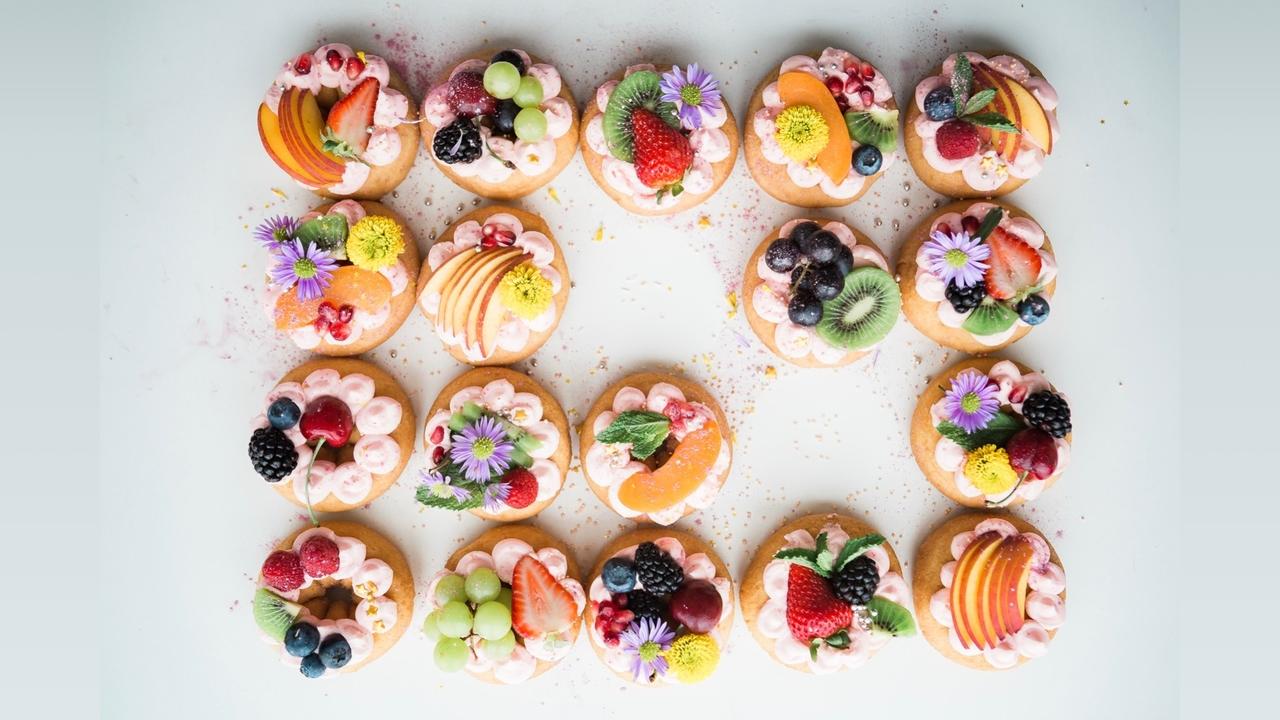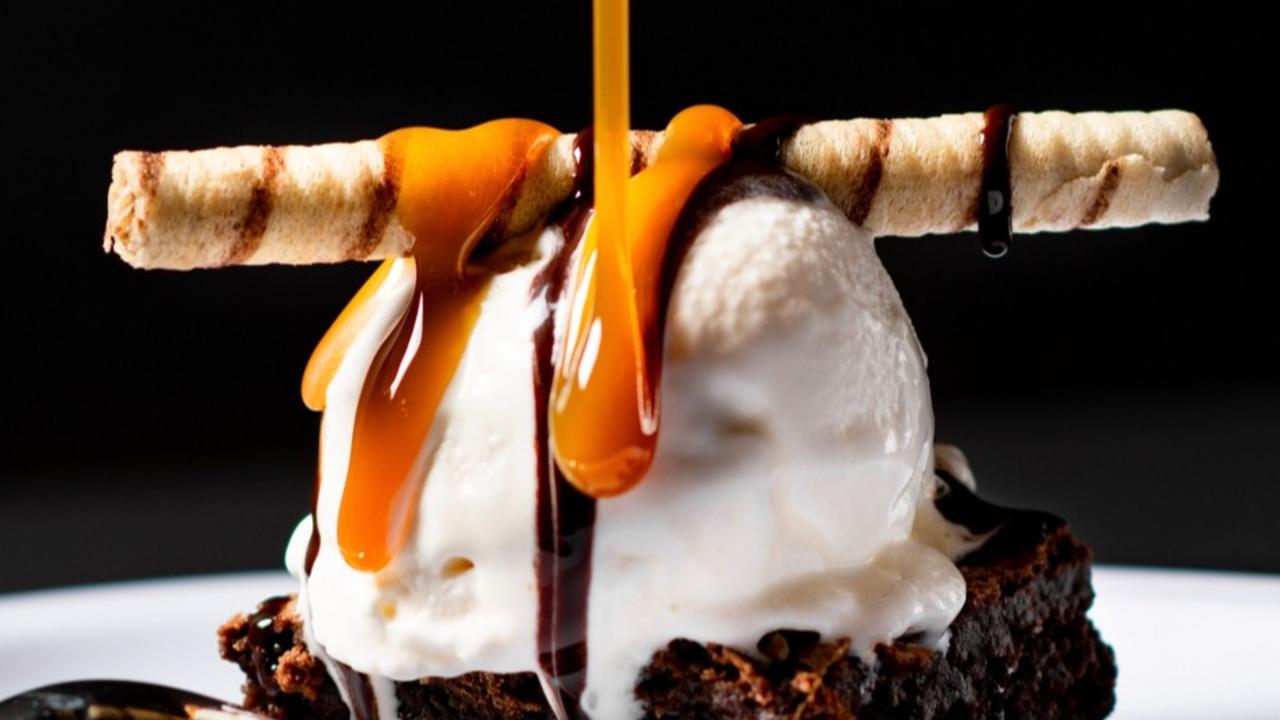Showhomes
Colour Psychology - Interior Design & Decoration - Brisbane and Gold Coast
The Comfort Colours Are The Incredible Edibles

The comfort colours that we currently incorrectly call 'neutrals', all have orange as their base. They are the warm whites, beiges, caramels, and browns. We unconsciously use colour to discern good from bad and to keep ourselves safe. Too pale or 'sickly' looking suggests an undercooked batch of baked goods, while too dark looks burnt. If selecting meat or seafood, too grey looks 'off', etc. Colour is an important indicator of whether a certain food is safe to eat.
It is not simply the 'look' that helps us decide to eat or not to eat food of a particular colour, it is also the meaning of the colour for you personally. What memories are triggered? What emotions does that colour stir in you?
In terms of edibility, common foods contain a lot of the warmer ROY end of the spectrum - red, orange and yellow. These are also the most comforting of the hues, making them easy to eat. The Greens we see as the healthiest and most natural food choices. Meanwhile,...
Coffee, Chocolate, Comfort vs Neutral Colours

How do we tell the true neutrals from the comfort colours, and what is the difference?
Ice-cream, coffee, chocolate, are just a few of the 'comfort' colour palette that makes us salivate. Why is it that the beiges, browns and warm white foods taste so good and evoke reassuring feelings of home and of comfort? There has been a trend in recent years to call these comfort colours “neutrals”. But this name is technically incorrect.
The term 'neutral' in Interior Design and Decorating means ‘without colour’. The true neutrals are black, white and grey. To call the beiges, browns and creams ‘neutrals’ muddies the waters so to speak and creates confusion.
Let's turn to Colour Psychology to give clarity to the confusion around what is a true neutral colour palette, what is not, and what this means to how we perceive and use colour.
In scientific terms, colour is simply the range of visible light that humans can see. Black,...



